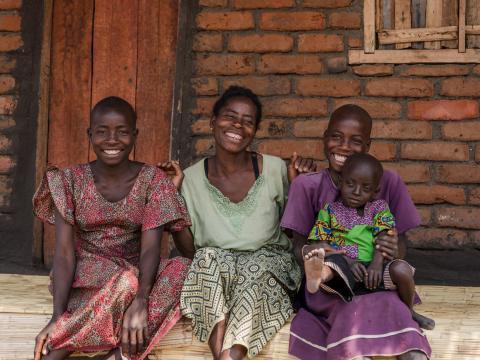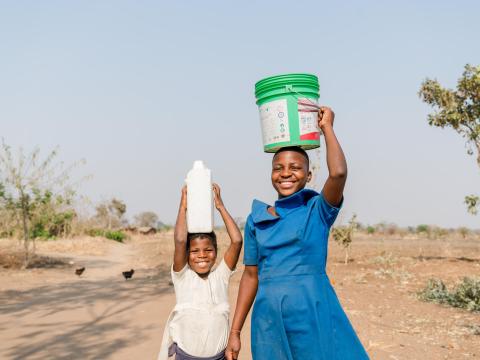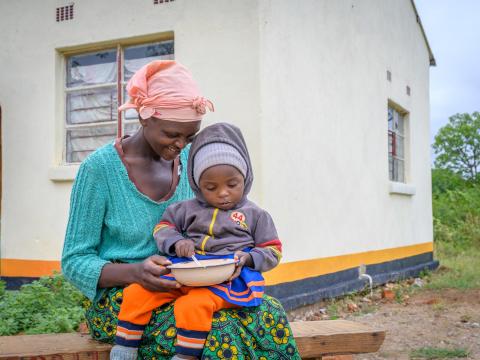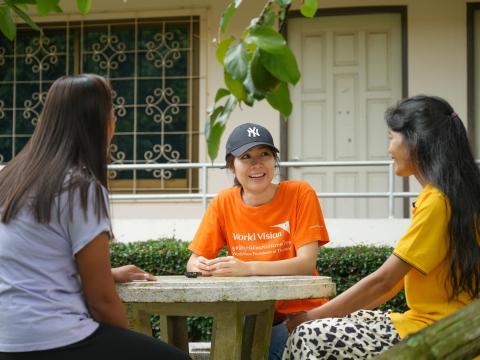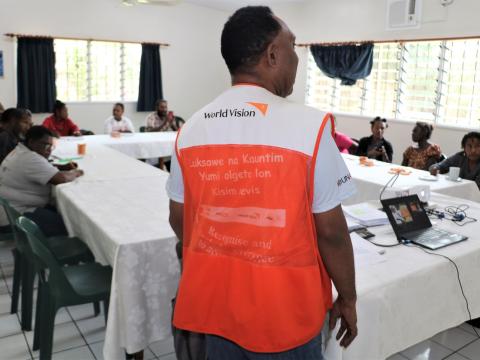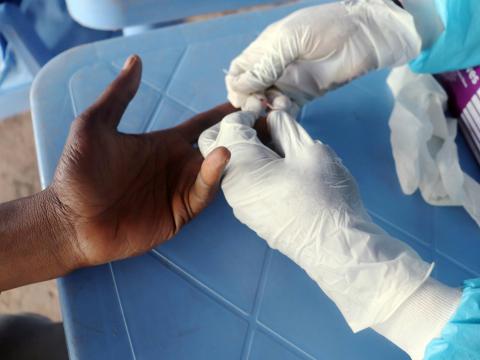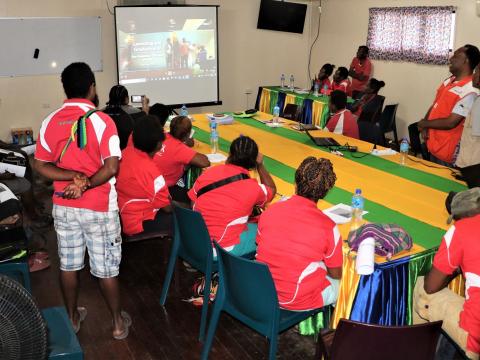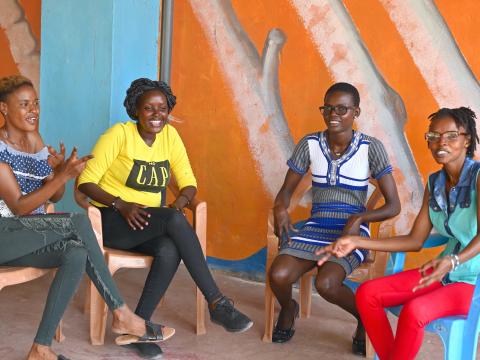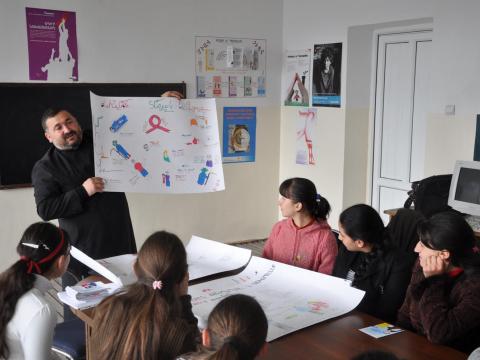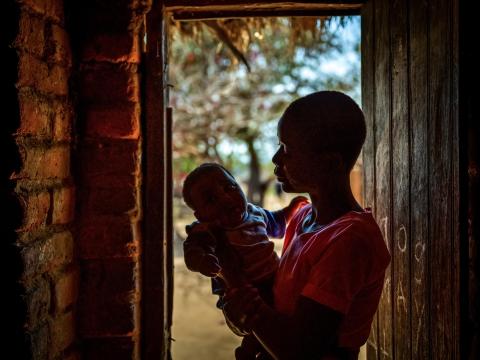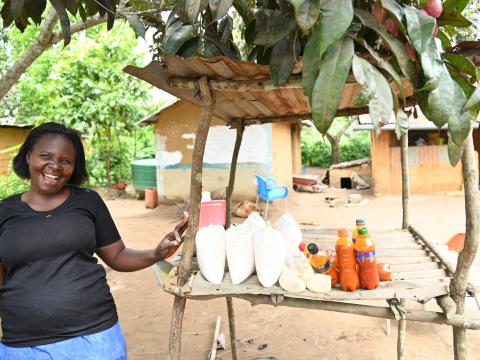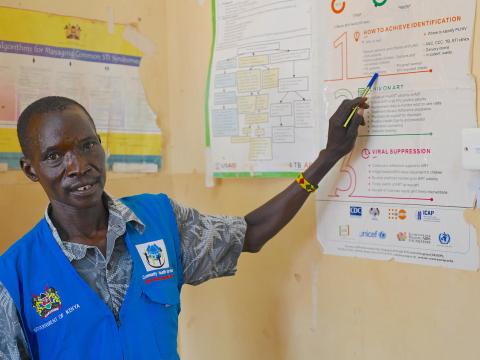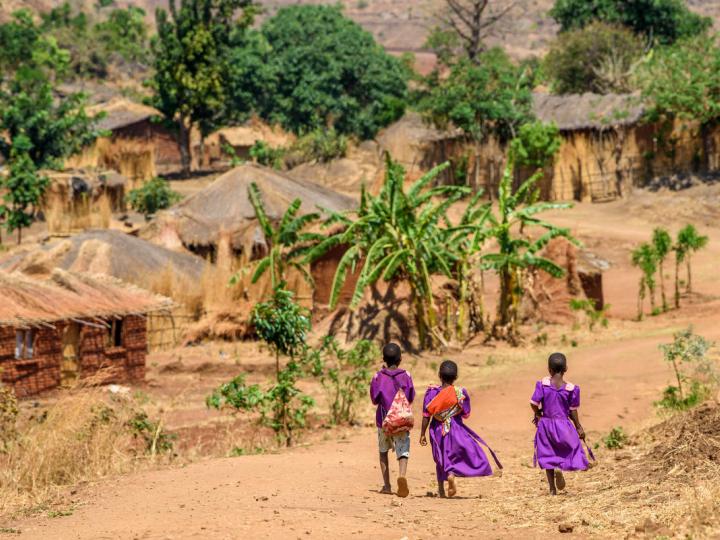
HIV & AIDS
The Global AIDS Strategy 2021–2026, End Inequalities, End AIDS, uses an inequalities lens to close the gaps preventing progress to end AIDS and sets out bold new targets and policies to be reached by 2025 to propel new energy and commitment to ending AIDS. It is a call to reach the 95–95–95 by 2030 treatment targets, to close the testing gap and to protect the health of the 9.2 million people living with HIV who are still not accessing treatment, and to redress the deplorably low treatment coverage for children living with HIV (UNAIDS).
The HIV and AIDS pandemic has devastated families worldwide, leaving children without the essential care and support they need to survive, grow, and thrive. As of 2022, about 13.9 million children under age 18 have lost one or both parents to AIDS-related causes (USAID). In 2022, around 630,000 people died from AIDS-related illnesses worldwide, a decrease of 69% since 2004 and 51% since 2010, but this is still far too many, with 274 children and adolescents dying from AIDS-related causes every day (UNAIDS, UNICEF).
There is no cure for HIV infection. However, with increasing access to effective HIV prevention, diagnosis, treatment, and care, including opportunistic infections, HIV infection has become a manageable chronic health condition, enabling people living with HIV to lead long and healthy lives (WHO). In 2022, about 39 million people around the world were living with HIV, and 1.3 million people were newly infected.
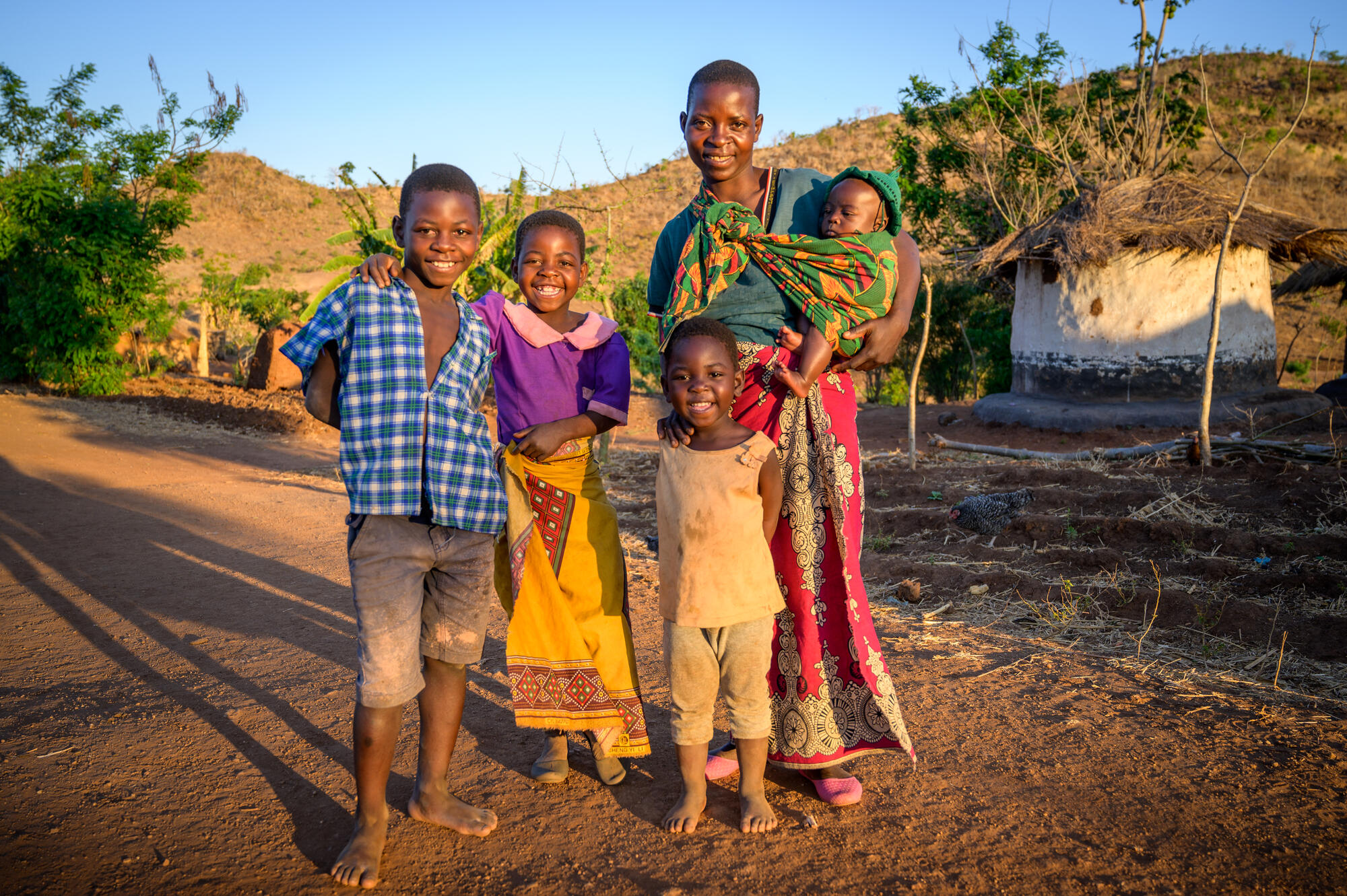
Adolescents and HIV
Adolescents make up around 10% of new HIV infections in adults, with three quarters among adolescent girls. Additionally, while new infections may have fallen in many of the most severely affected countries, recent testing coverage remains low suggesting that many adolescents and young people living with HIV may not know their status (UNICEF). Adolescents living with HIV have worse access to antiretroviral treatment, adherence to treatment, retention in care and viral suppression. A key factor contributing to these is limited provision of adolescent-friendly services including psychosocial interventions and support.
Globally, 47% of children living with HIV don’t have access to HIV treatment. In getting to zero for children, global organizations are working together to end the AIDS epidemic, as part of the Sustainable Development goals, by the year 2030.
Gender and HIV
HIV/AIDS is a gender issue. Women and girls accounted for 46% of all new HIV infections in 2022, and more than 77% of all new HIV infections among 15 to 24 year olds in sub-Saharan Africa in 2022. Every week, around 4,000 young women aged 15 to 24 years become infected with HIV. In sub-Saharan Africa, young women aged 15 to 24 years are three times as likely to be living with HIV than their male peers.
World Vision's Focus Getting to Zero for Children
HIV and AIDS Programme Approaches
Advocacy Networks and Engagements
World Vision lobbies directly and in coalitions for three issues: 1) greater prominence to be given to all aspects of the prevention, treatment care and support for children and adolescents both living with and affected by HIV and AIDS; 2) strong language on community engagement; and 3) greater prominence for the role of faith-based organisations.
